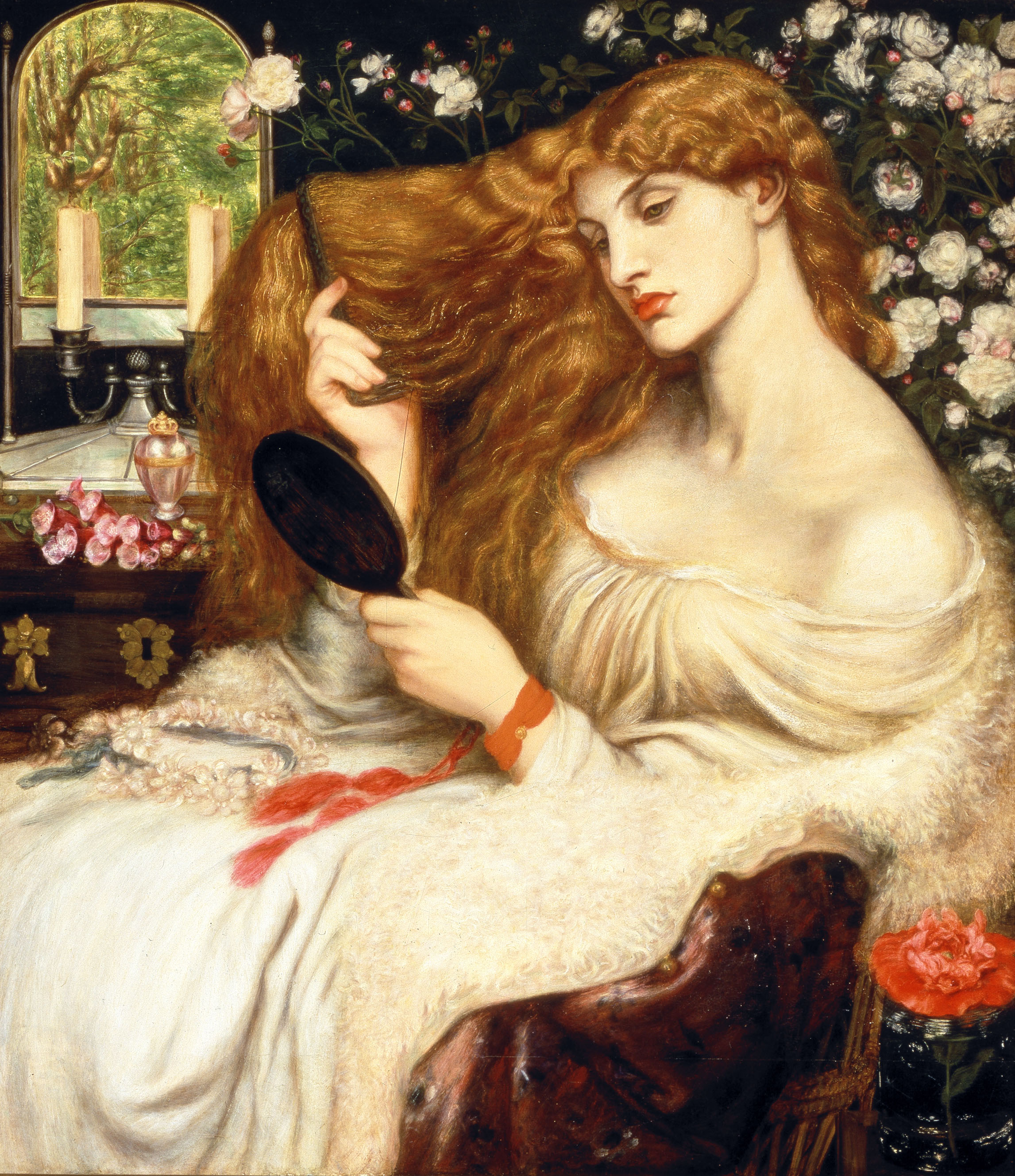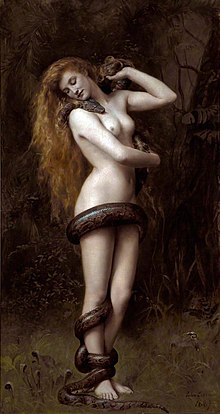Lilith
A advised by Archangel Michael, I looked up Lilith.
http://en.wikipedia.org/wiki/Lilith
She is not much mentioned in Bible but is part of Hebrew and Assyrian traditions. She is said to have been created at the same time and in the same way as Adam, and before Eve and to be an daemon of night and of wind. She may have wings and bird feet.
“Burney Relief, Babylon (1800-1750 BCE). The figure in the relief was sometimes identified with Lilith, based on a misreading of an outdated translation of the Epic of Gilgamesh. Modern research has identified the figure as either Ishtar or Ereshkigal.”
Another possibility is association not with “night”, but with “wind”, thus identifying the Akkadian Lil-itu as a loan from the Sumerian lil, “air” — specifically from Ninlil, “lady air”, goddess of the south wind (and wife of Enlil) — and itud, “moon”.[citation needed]
Incantation bowls
An individual Lilith, along with Bagdana “king of the lilits”, is one of the demons to feature prominently in protective spells in the eighty surviving Jewish occult incantation bowls from Sassanid Empire Babylon (4th-6th Century CE).[48] These bowls were buried upside down in houses to trap the demon, and almost every Jewish house in Nippur was found to have such protective bowls buried.[49] One bowl contains the following inscription commissioned from a Jewish occultist to protect a woman called Rashnoi and her husband from Lilith:
“Thou liliths, male lili and female lilith, hag and ghool, I adjure you by the Strong One of Abraham, by the Rock of Isaac, by the Shaddai of Jacob, by Yah Ha-Shem by Yah his memorial, to turn away from this Rashnoi b. M. and from Geyonai b. M. her husband. [Here is] your divorce and writ and letter of separation, sent through holy angels. Amen, Amen, Selah, Halleluyah! (image)
— Excerpt from translation in Aramaic Incantation Texts from Nippur James Alan Montgomery 2011 p156[50]“
Alphabet of Ben Sira
The idea in the text that Adam had a wife prior to Eve may have developed from an interpretation of the Book of Genesis and its dual creation accounts; while Genesis 2:22 describes God’s creation of Eve from Adam’s rib, an earlier passage, 1:27, already indicates that a woman had been made: “So God created man in his own image, in the image of God created he him; male and female created he them.” The Alphabet text places Lilith’s creation after God’s words in Genesis 2:18 that “it is not good for man to be alone”; in this text God forms Lilith out of the clay from which he made Adam but she and Adam bicker. Lilith claims that since she and Adam were created in the same way they were equal and she refuses to submit to him:[54]
Yet another version claims that Lilith emerged as a divine entity that was born spontaneously, either out of the Great Supernal Abyss or out of the power of an aspect of God (the Gevurah of Din). This aspect of God, one of his ten attributes (Sefirot), at its lowest manifestation has an affinity with the realm of evil and it is out of this that Lilith merged with Samael.[60]
Treatise on the Left Emanation[edit]
Main article: Treatise on the Left Emanation
The mystical writing of two brothers Jacob and Isaac Hacohen, which predates the Zohar by a few decades, states thatSamael and Lilith are in the shape of an androgynous being, double-faced, born out of the emanation of the Throne of Glory and corresponding in the spiritual realm to Adam and Eve, who were likewise born as a hermaphrodite. The two twin androgynous couples resembled each other and both “were like the image of Above”; that is, that they are reproduced in a visible form of an androgynous deity.
In German literature[edit]
Lilith’s earliest appearance in the literature of the Romantic period (1789–1832) was in Goethe‘s 1808 work Faust: The First Part of the Tragedy.[78]
Romantic Lit – Goethe’s Faust
The first time that we see Lilith used as a literary character, rather than a figure of religious mythology used within text, is in Goethe’sFaust. The mention here is intensely breif, but it is still noteworthy.
Faust: Who’s that there?
Mephisto: Take a good look.
Lilith.
Faust: Lilith? Who is that?
Mephisto: Adam’s wife, his
first.
Beware of her.
Her beauty’s one boast is her dangerous hair.
Then Lilith winds it tight around young men
She doesn’t soon let go of them again.
(4206–4211)Faust: A lovely dream I dreamt one day
I saw a green-leaved apple tree,
Two apples swayed upon a stem,
So tempting! I climbed up for them.
The Pretty Witch: Ever since the
days of Eden
Apples have been man’s desire.
How overjoyed I am to think, sir,
Apples grow, too, in my garden.
(4216 – 4223)http://lilithproject.blogspot.com/2008/05/romantic-lit-goethes-faust.html

Lilith (1892) by John Collier inSouthport Atkinson Art Gallery
Loading Likes...

